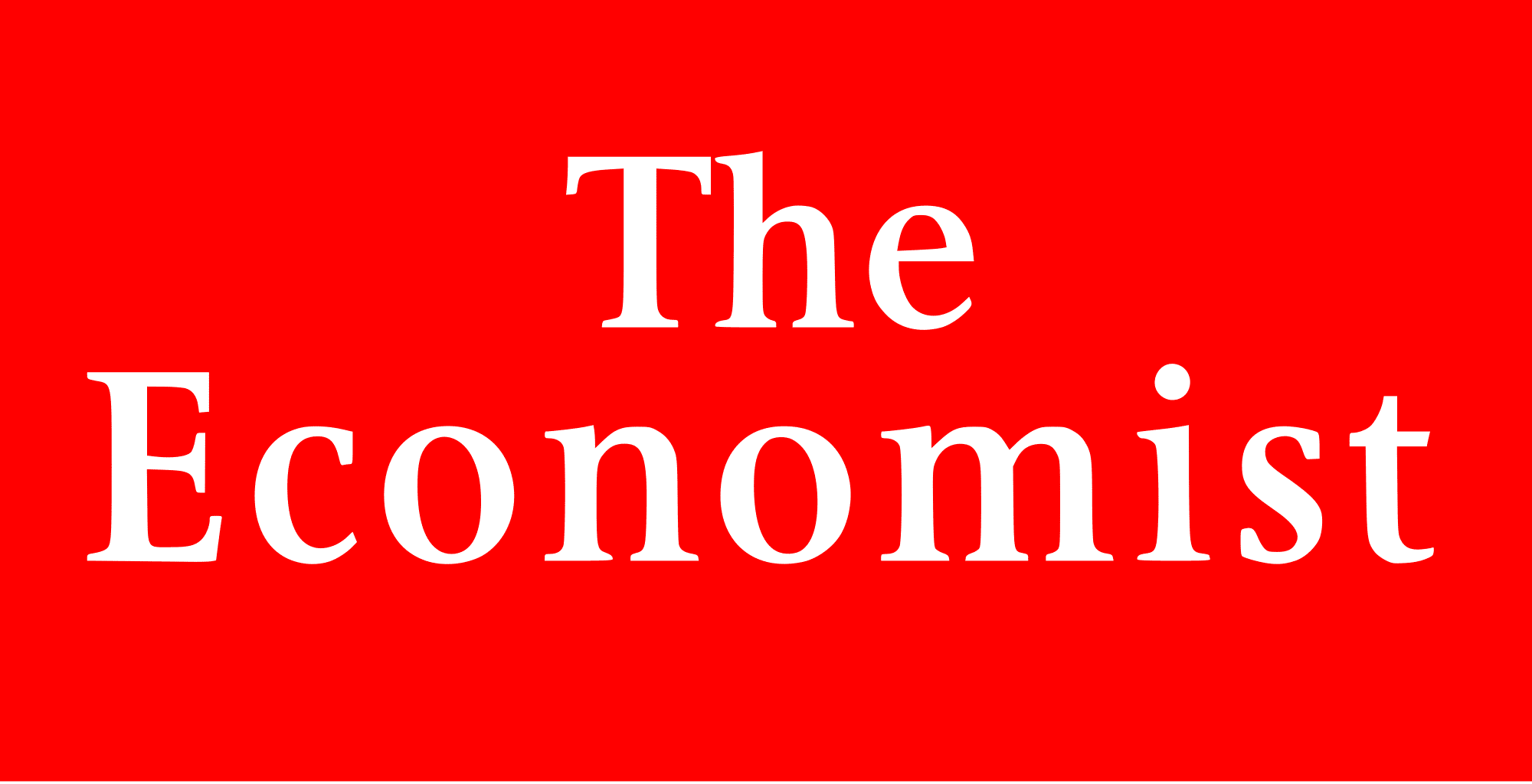
The Economist Unveils First Print Redesign Since 2001
Lorem ipsum dolor sit amet, consectetur adipiscing elit. Ut elit tellus, luctus nec ullamcorper mattis, pulvinar dapibus leo.
Source: The Economist

Last week, The Economist unveiled a new look – a revamped print edition with a modern design that shares the look and feel of The Economist’s apps, website and 1843 magazine. Starting with its October 20 edition, the new design includes new typefaces optimized for their respective platforms, a larger cover masthead, bolder imagery, revised table of contents page, bold styles and revamped infographics and cartographics, among other changes.
This is The Economist’s first print redesign since 2001. Art Director Stephen Petch and The Economist’s in-house graphics team are responsible for the clean, modern look.
“With these design changes and new additions, our print edition now matches the broader Economist product family – one uniform, clean and modern design, setting up The Economist for the 2020s and beyond,” said Phil Kenny, head of graphics for The Economist.
Another new change is a new “Graphic Detail” section which replaces a page of the current “Economic and Financial Indicators” section which is now one page. The new section focuses on visual journalism for print. The October 20 features the graphic below, a depiction of the space race in 2018 as private companies like Elon Musk’s SpaceX join the fray.
Source: The Economist

Another key change is a revised table of contents that is neat, clean and well organized. It includes an “On the Cover” directory that highlights the issue’s featured cover stories, making them easier to find.
Source: The Economist

According to The Economist Worldwide Brand Report for January to June 2018, The Economist has an average circulation of 1.4 million per issue with more than 948,000 print readers and more than 461,000 digital readers. Here are some other key statistics from The Economist Group from that report.
- North America is The Economist’s largest print audience at 56 percent, followed by the United Kingdom at 18 percent. North America also has the largest digital audience at 48 percent, followed by the U.K. at 21 percent.
- Economist.com has daily average visitors of more than 417,000 and monthly unique visitors of more than 9.6 million.
- Of its monthly unique visitors, 43 percent come from North America, 20 percent from the U.K., 18 percent for Continental Europe, 11 percent from Asia Pacific, 5 percent from Middle East/Africa and 4 percent from Latin America.
- The Economist has over 10 million Facebook followers, more than 26 million Twitter followers, over 6 million LinkedIn followers and more than 1.8 million Instagram followers.
Source: The Economist

Founded in 1843, The Economist describes itself as a “political, literary and general newspaper,” offering analysis and opinion on a variety of business and political issues. The weekly print edition goes to press on Thursdays in six different countries. Unlike most other publications, it does not include bylines identifying its writers and editors. On its About Us page, The Economist says that there are many contributors to the publication, but they present a collective voice and they often collaborate on a single article.
“The main reason for anonymity, however,’ is a belief that what is written is more important than who writes it,” says The Economist.
Insider Take:
While a redesign or a rebrand may not seem like a big deal to some, this IS a big deal for The Economist, especially since this is the first major redesign in 17 years. As the publication’s digital presence grows, it is important that branding across all platforms is consistent, so the transition from print to digital and digital to print is as seamless as possible. Brands need to be sure they are always consistent and that they periodically do a refresh, making needed changes to improve the reading experience for both print and digital readers.





